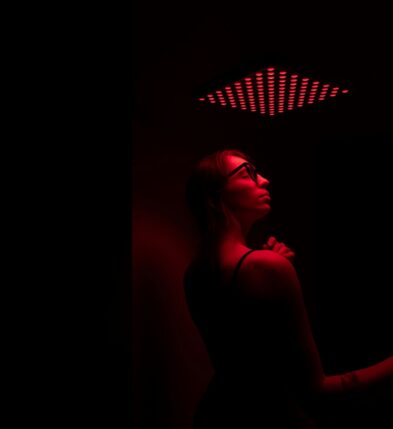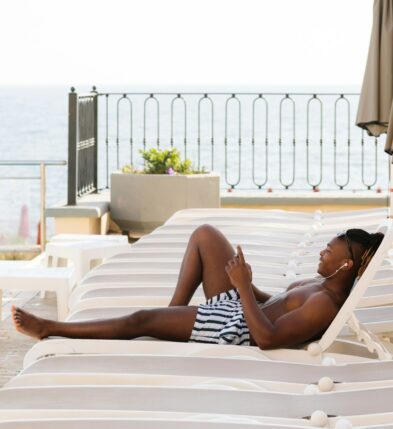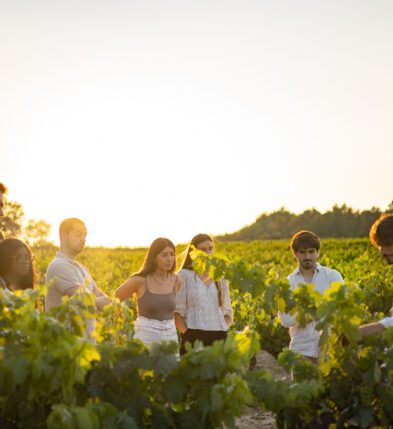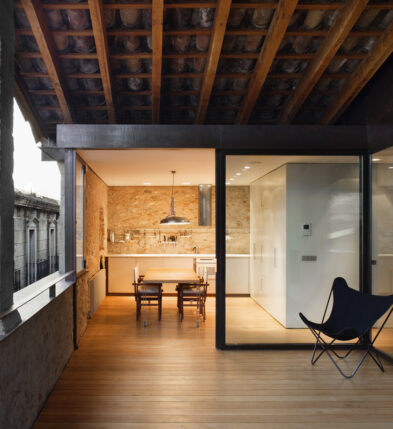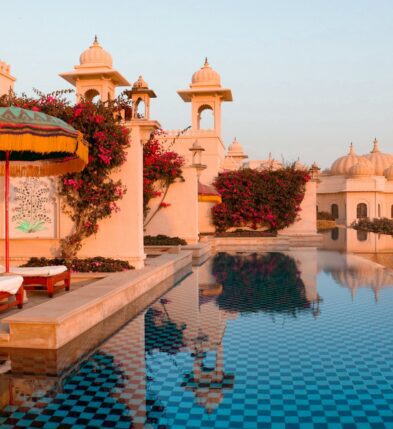There are endless opportunities when you venture on a sweet off-season road trip through the provinces of Seville and Cádiz. The southernmost part of Spain is cherished for having some of the most scenic sights, from nature reserves to ancient towns with lyrical names. As travelling slowly is the best way to experience Andalusia, it may be about time that you consider a road trip to discover the two main provinces in the southwest of Spain.
SEVILLE
Give yourself at least three days in the Andalusian capital. Seville hosts some of the most fascinating cultures and history in Spain. Although the city dates far back to Roman times, an invasion by the Moors in the eighth century left a cultural mark that characterises the city today, in addition to the Visigoths, the Jews, and the Phoenicians. To base your stay in a traditional setting, you can book a room at a converted 18th-century mansion, Hotel Alfonso XIII, or go somewhere totally different such as the Hotel Casas de la Judería, which houses thermal baths, swimming pools, piano bar, and other facilities. Crossing the threshold of this hotel means immersing yourself in a Seville known to only a select few. Hotel Casas de la Judería comprises 27 traditional houses with 134 different rooms linked through 40 patios, gardens, and a labyrinth of small passageways. For an authentic riad-style experience where you can unwind, we recommend the boutique hotel Corral del Rey. The architectural highlights are the atrium patio, Roman marble columns, and the original wooden carved beams; all this fine artwork is accentuated by a unique Lutron-controlled lighting system. It is also situated in a narrow street in the old quarter of Barrio Alfalfa, five minutes walking distance from the Seville Cathedral. Finally, Plácido y Grata is the latest boutique hotel that opened in 2021, and we can’t recommend it enough for its brilliant location, historical attributes, and great options for breakfast and lunch. You can discover more via our Seville travel guide.
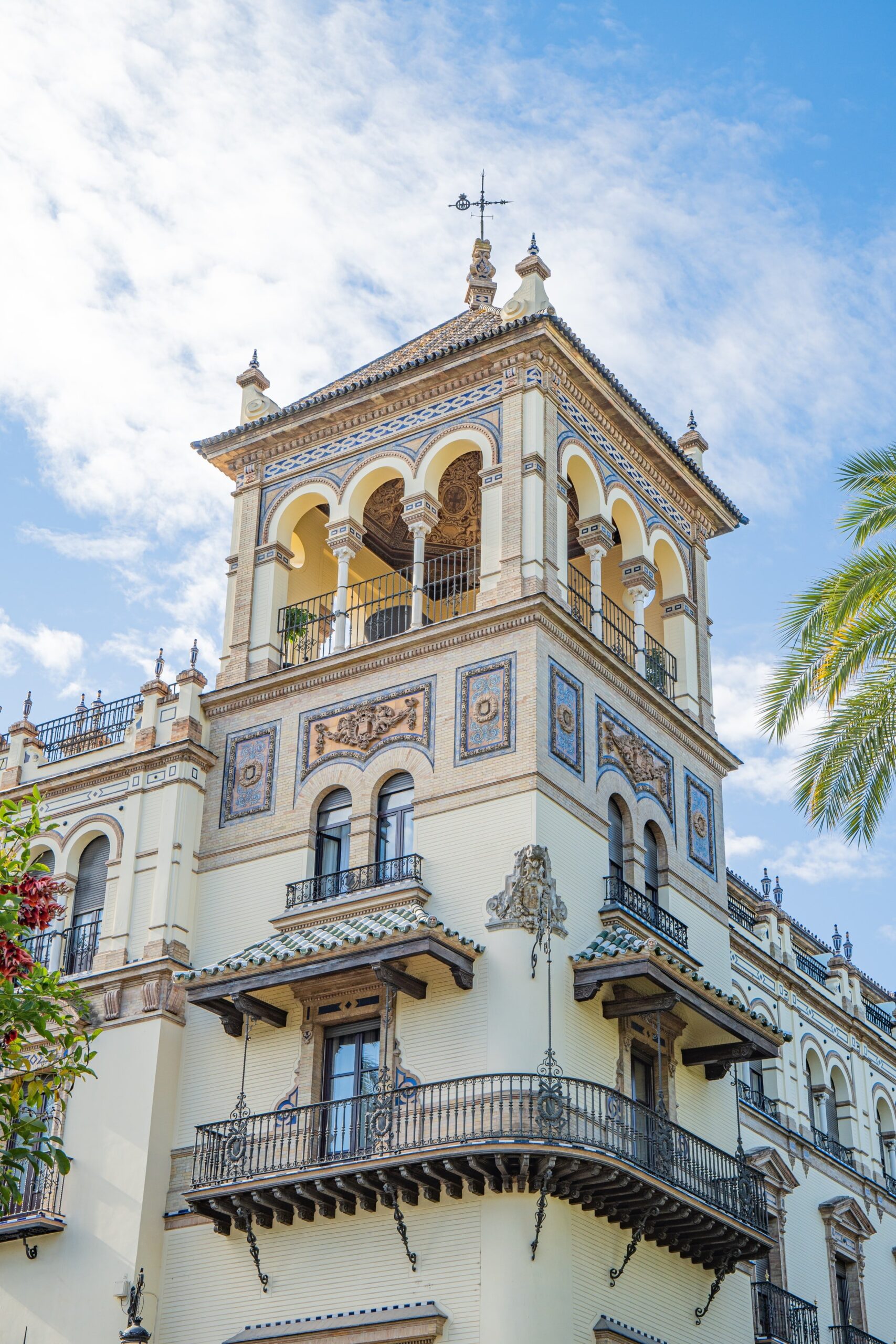
Hotel Alfonso XIII
When headed downtown, you can grasp views of the Guadalquivir River. The monumental Torre del Oro (Golden Tower) is beautiful. It was built by the Almohad dynasty in order to control access to the city via the river. Opposite the river, past the Triana bridge, is Triana’s popular neighbourhood. This area breathes genuine flamenco music, and the sounds of clapping and OLE! can be heard as you pass some dancing schools. The Altozano square, the lane of the Inquisition, the main Market of Triana, the Church of Nuestra Señora de la O, Casa Anselma, and Betis Street are some of the sights that can’t go unseen.
The Real Alcázar de Sevilla (The Royal Alcazar of Seville) is divided into sections dating from a succession of eras: Moorish (11th-12th century), Gothic (13th century), Mudejar (14th century), and Renaissance (15th-16th century). The Alcazar was used as a location for scenes in seasons five (2015) and six (2016) of the hugely successful HBO TV series Game of Thrones, standing in for the Water Gardens of Dorne. The palace was also used to shoot the NBC TV series Emerald City, based on The Wizard of Oz, in late 2015, broadcasted in 2016. To skip the queue at the Alcazar, you can book online for a service fee of 1 euro, in which you can buy your tickets in advance. This is useful if you visit the Upper Royal Quarters of the Alcazar. You can find the Renaissance palace and the House of Trade at the Alcazar, where Columbus signed his contract with Queen Isabella. Expect to find many Italianate features, marble arches, and columns that were added in the 16th century. Also, there is the Palace of King Don Pedro I, with a facade that harmoniously marries Moorish features – horseshoe arches, Arabic lettering “No one is victorious, but Allah”, and Christian words “The very noble Don Pedro ordered these Alcazares built”. Inside you will find the mesmerising Patio de las Doncellas, with its sunken gardens, painstaking arches, and long pool.


The famous Plaza de España (located in Maria Luisa Park) was built for the Ibero-American Exhibition of 1929. It is a landmark example of Regionalism architecture, mixing elements of Moorish Revival (Neo-Mudéjar) styles of Spanish architecture. The Plaza de España has an impressive architecture. Due to this phenomenon, many films were shot here, such as the case of the 1962 film Lawrence of Arabia, Star Wars: Episode II – Attack of the Clones (2002), and The Dictator in 2012.

Catch an outdoor performance in the square

Plaza de España was designed by the architect Aníbal González
The Palacio de la Condesa de Lebrija is open every day unless otherwise noted and is located in Calle Cuna nº8. It is over 2,000 square metres, and you can visit two floors or only the ground floor. It was a mansion circulate in the 15th century, with many years of maintenance and historical findings. You can also visit the ground floor and gardens of the Palacio de las Dueñas. The upstairs entrance is off-limits for visitors, as the palace is the private family residence of the Dukes of Alba. It was Cayetana’s (18th Duchess of Alba) favourite residence, in which she loved to celebrate birthdays and family gatherings before she passed away at the age of 88 in this very palace. Her eldest son, Carlos Fitz-James Stuart and Martinez de Irujo, inherited the title Duke of Alba.
CARMONA
Thirty-three kilometres northeast of Seville, you can find Carmona, an old town built on a ridge overlooking the central plains of Andalusia. The town is known for its thriving trade in wine, olive oil, grain, and cattle, which we recommend buying artisan goods in any of their dozens of local shops. Venture through the tree-lined avenue of Alfonso XIII and head to the Seville Gate (Puerta de Sevilla), a well-conserved piece of history from the Carthaginian origins, with remains of the Roman additions and altered through time in the Middle Ages by the Moors and Christians. The town of Carmona has over a dozen churches and convents, and we especially recommend visiting the Convento de Santa Clara to buy artisan sweets made by the nuns. The Baroque architecture is beautiful and should be admired from both the inside and outside.
Here we tried the mollete, a typical bread handmade with flour, water, salt, yeast, and sesame. This is a bread of Arab origin, wherein the nearby town of Marchena integrates into their daily meal. Carmona gets this bread from the town of Marchena and sometimes fills their sandwiches with lamb, pork spread, and even ham with cheese. Interestingly, Carmona produces a famous pink gin called Puerto de Indias.
Do not miss the impressive former Arabian palace of the fourteenth century, the Parador de Carmona. From the lookout of this hotel, you can see the beauty and tranquillity of the surrounding landscape. The exquisite gastronomy and restaurant (former refectory) offers beautiful views of the swimming pool area and is under the luminous Andalusian skyline. The historical elements of Arabic decoration, such as the tiles and ceilings, will remind you of what was once the Andalusian territory, in addition to medieval gauntlets and armours in glass cases serenading the hotel’s communal areas.

A narrow street in the old town of Carmona
ARCOS DE LA FRONTERA
On your drive from Carmona to Arcos de la Frontera, head toward Utrera and ride south through the rolling green Andalusian hills. You will come across El Palmar de Troya and The Palmarian Catholic Church of the Carmelites of the Holy Face. This division of the Catholic Church can be admired from the road. The grandeur of the church, with its eye-catching architecture, will give you goosebumps.
Keep driving south until you arrive at one of the most attractive inland beaches in Bornos. At the reservoir of the same name, the water is supplied from the river Guadalete. Downtown Bornos is a complex of historical-artistic monuments, where you can find picturesque monuments such as Los Ribera Castle Palace, the Fontanar Tower, and other 16th-century buildings. Even if you are not going to the town for a stroll, stop at the road to admire the reservoir views in the distance with the mountains in the backdrop.
Located nearby Bornos, you can reach the pastoral area of the white-washed town Arcos de la Frontera. This is situated on a hilltop in the district of the Sierra de Cádiz, with surrounding views of the countryside. There are little pockets of lakes around the Arcos Reservoir, where you can bathe in the warmer months or practice outdoor sports such as water skiing, kayaking, hiking, and fishing. We recommend parking your car in any of the available spaces (it can be frustrating as it is steep) and walking up to the Mirador de la Peña Nueva. Here you can enjoy some of the best panoramic views of the surrounding landscapes and see the Guadalete River that runs all the way through the town of El Puerto de Santa Maria. The only downside to this viewpoint is that the sun tends to always point in the direction of the people taking photographs, making it difficult to be Instagram-friendly. On the other side of the mirador is the Peña Vieja, which is always in the shade. Here you can enjoy the views in a café with a terrace with a glass that protects you from any possible fall.
COSTA DE LA LUZ
For the remainder of your road trip through the southwest of Spain, the Atlantic shoreline of Cádiz province has many wild and windswept beaches. This is called the Costa de la Luz (Coast of Light). The province of Cádiz has very active summer months with tourists, especially in some of the beach towns like Sanlúcar de Barrameda, Chipiona, El Puerto de Santa María, Cádiz, Chiclana de la Frontera and its exclusive urbanisation of Novo Sancti Petri, Conil de la Frontera, Barbate, Tarifa, Zahara de los Atunes and many others.
From afar, in Caños de Meca, as if it were an oasis in the middle of the desert, the Trafalgar lighthouse’s extraordinary 34-metre-tall outline can be spotted for kilometres on end. It stands tall in an immaculate expression before the immensity of the ocean. As its close proximity to the beautiful towns of Zahara de los Atunes and Tarifa, all known to be surf towns, Caños de Meca is arguably the best kitesurfing centre on the cape, if not in all of Europe.
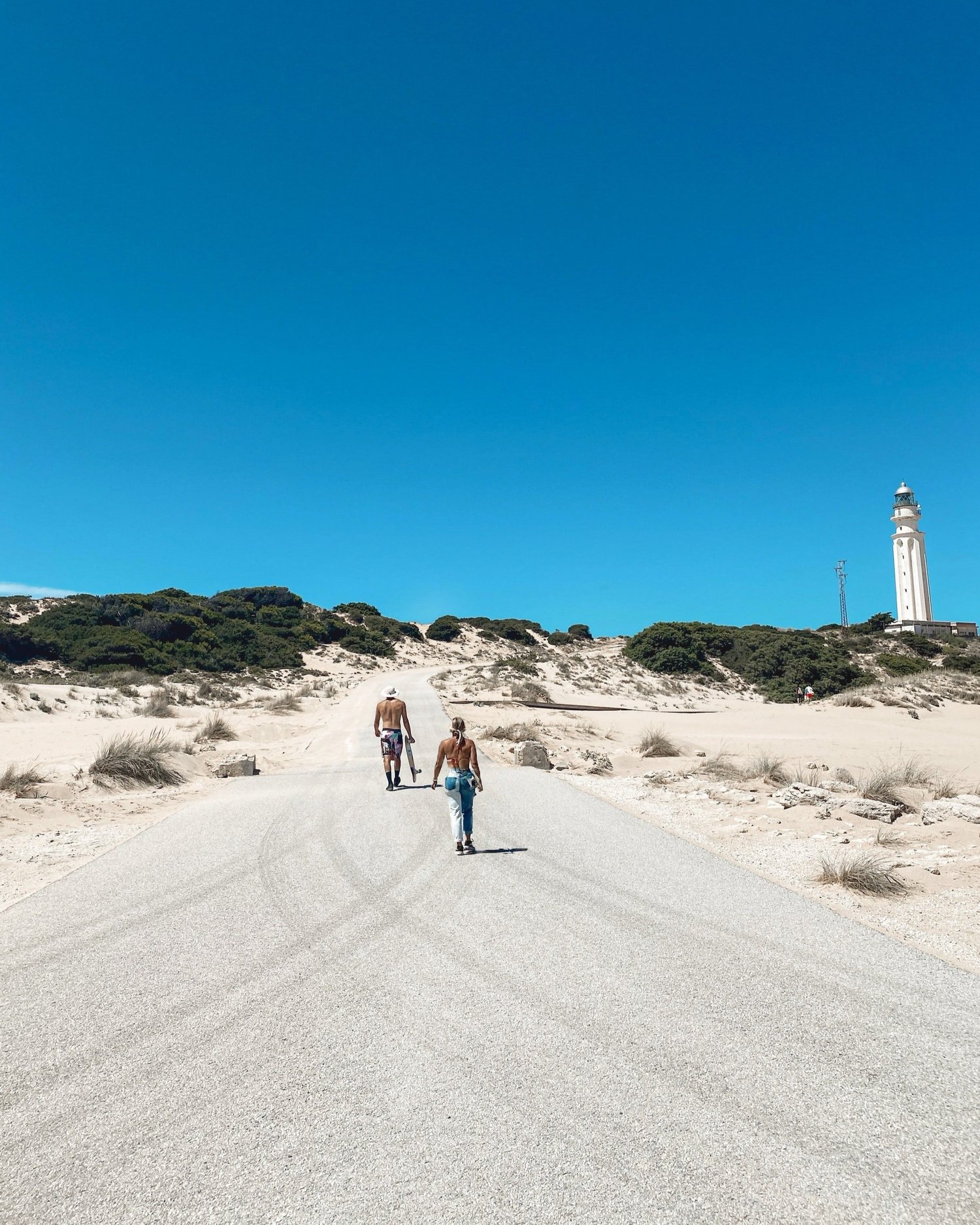
Caños de Meca - the wind, the dunes, and a past buried at the bottom of the ocean
If you head west, you will reach El Palmar beach, neighbouring the stunningly ancient hill-top town Vejer de la Frontera.
The Costa de la Luz is much more than just beaches, there are also natural protected areas of the Doñana, Bay of Cádiz, cliff and marshes of Barbate, Tinto, and Odiel, arrow point of El Rompido, the lagoon of El Portil, marshes of Isla Cristina as well as important cultural points such as Baelo Claudia Roman ruins in Bolonia, Cape Trafalgar (where the Royal Navy decisively defeated Napoleon’s combined Spanish and French fleet), or the steep white village of Medina Sidonia.
The white-washed town of Vejer de la Frontera makes for a good base for a road trip. It is less than two hours from Seville and one hour from Cádiz city. We recommend staying at the boutique guesthouse Casa Bonhomía, as the friendly Dutch owners will cherish you with such genuine hospitality and ensure you have everything you need. With only six rooms, you will have a lot of privacy in addition to enjoying the facilities. Downstairs is a hammam and a kitchen area where you can make yourself something to eat or even store some of your food and drinks for when you return on the road.
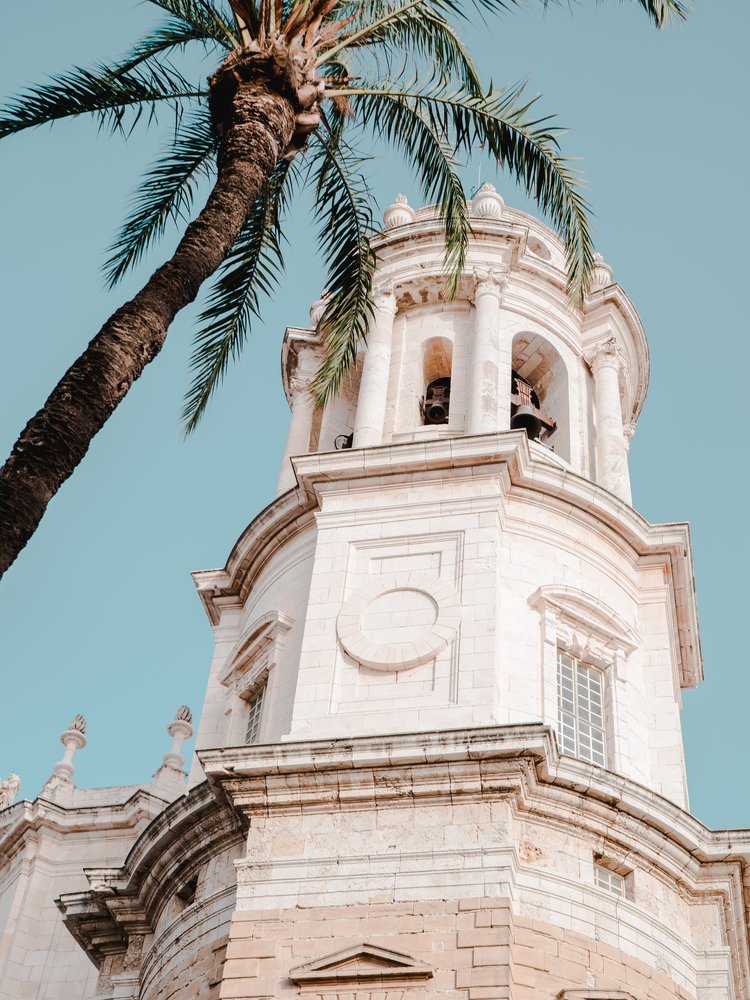

Only when you travel slowly through the southwest of Spain will you ever get an authentic sense of the place. To get to know this part of Andalusia properly, we recommend booking a tour with Genuine Andalusia. The team behind the tour agency is based in Seville and Jerez de la Frontera. They organise in-depth travel itineraries that suit your holidays.

